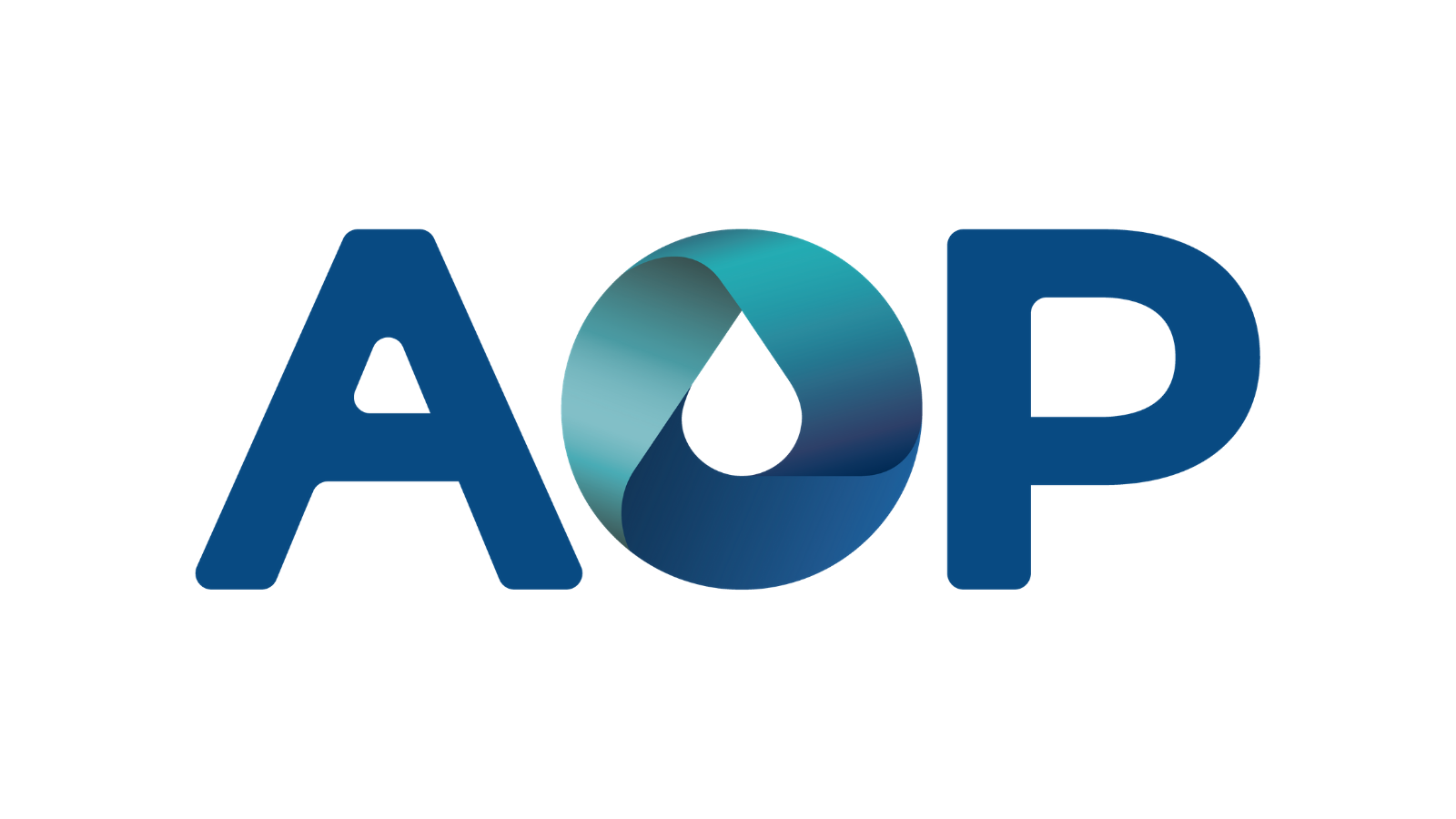So you’ve heard the term AOP thrown around in business meetings or seen it in corporate literature. But what does AOP mean in business? Fear not! In this comprehensive guide, we’re about to peel back the layers and delve deep into the world of Annual Operating Plans, their importance, and how they can be a game-changer for your business.
What Does AOP Mean in Business
The term AOP stands for Annual Operating Plan. Think of it as your business’s action plan for the year. It outlines what your objectives are and how you intend to achieve them, bridging the gap between long-term strategies and day-to-day activities. In a nutshell, AOP is the master plan that helps you navigate through the operational intricacies and unforeseen challenges throughout the year.
Background of AOP
The concept of an Annual Operating Plan is not new; it has been around for decades. However, its importance has never been more critical. As markets become more volatile and business operations more complex, an AOP provides a roadmap that helps organizations navigate through these complexities.
The Anatomy of a Solid AOP
A robust AOP is not just a laundry list of objectives. It’s a well-structured document that encompasses several key elements such as revenue projections, cost estimates, resource allocation, and much more. Each of these elements is carefully planned and aligned with the company’s strategic goals, providing a cohesive plan of action.
Significance in Business Strategy
An AOP plays a pivotal role in business strategy. It acts as a tactical guide that translates your long-term vision into actionable tasks. By setting measurable objectives and allocating resources judiciously, an AOP ensures that your business stays on track to achieve its goals.
Elements That Make Up AOP
What goes into an AOP? Several components make up a compelling Annual Operating Plan. These range from financial budgets and forecasts to strategic initiatives and key performance indicators (KPIs). All of these elements work in harmony to set the stage for a successful operational year.
AOP vs Business Plan: What’s the Difference?

Though they both serve as guides for a company, an AOP and a business plan are not the same. A business plan is more like a roadmap for long-term goals and may span several years. In contrast, an AOP focuses specifically on the operational aspects for the upcoming fiscal year.
Who Needs an AOP?
Is an AOP just for big corporations? Absolutely not! Any business, regardless of its size or industry, can benefit from creating an Annual Operating Plan. From startups to established enterprises, an AOP can be the catalyst that propels a business toward success.
Step-by-Step Guide to Creating an AOP
Creating an AOP isn’t rocket science, but it does require meticulous planning and execution. In this section, we’ll break down the process into easy-to-follow steps, ensuring you can develop a comprehensive AOP for your business.
How to Execute an AOP
Execution is where the rubber meets the road. Having a well-laid-out AOP is one thing, but executing it effectively is another. This section delves into the nitty-gritty of implementing your Annual Operating Plan, ensuring you maximize its potential.
The Role of Management in AOP
An AOP is not just a managerial tool; it’s an organizational asset. The role of management in developing, executing, and monitoring an AOP is crucial. From top executives to middle management, everyone has a part to play in its success.
Challenges in Developing an AOP
Creating an AOP is not without its challenges. This section highlights some of the common hurdles businesses face when developing their Annual Operating Plan and offers practical solutions to overcome them.
Measuring the Effectiveness of an AOP
How do you know if your AOP is effective? Measuring its effectiveness is essential to ensuring you’re on the right track. This section provides actionable insights into assessing the performance of your Annual Operating Plan.
FAQs
What does AOP mean in business?
AOP stands for Annual Operating Plan, a detailed roadmap outlining your business objectives and strategies for the upcoming year.
How is AOP different from a business plan?
While a business plan focuses on long-term goals and visions, an AOP is more specific, focusing on the tactical aspects for the upcoming year.
What elements are essential in an AOP?
Key elements in an AOP include financial budgets, operational objectives, strategic initiatives, and key performance indicators (KPIs).
How do I measure the success of an AOP?
Success is typically measured through KPIs that were defined when the AOP was created, ensuring alignment with the company’s objectives.
Can AOP adapt to unexpected business changes?
Absolutely. A well-crafted AOP is flexible enough to adapt to unforeseen circumstances, allowing businesses to recalibrate their strategies as needed.
Who should be involved in creating an AOP?
Creating an AOP should be a collaborative effort involving key stakeholders, including top management, department heads, and financial advisors.
Conclusion
Understanding what AOP means in business is crucial for any organization seeking to navigate the complex waters of today’s business environment. By providing a detailed plan of action, an AOP helps businesses focus on what’s truly important, ultimately leading to success. Armed with this guide, you are now well-equipped to take your business to new heights through effective Annual Operating Planning.



